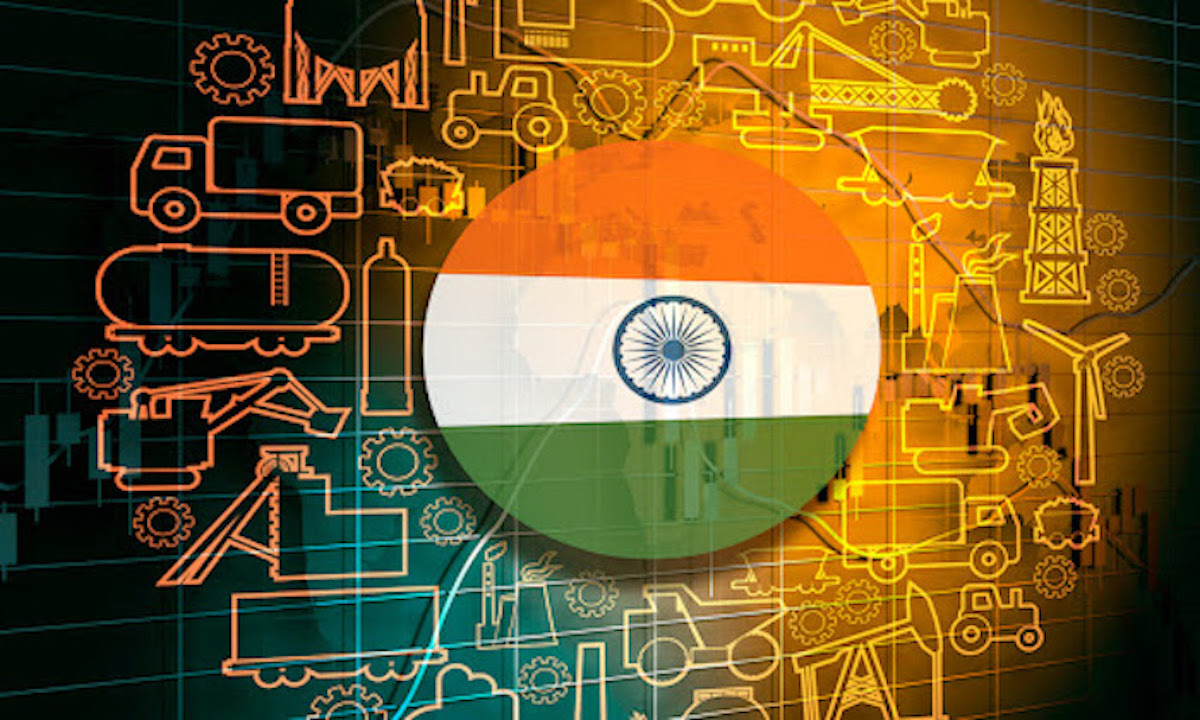If you step back and look at the last 40 years, India has had 4 economic booms. The first period of consistently rising economic activity was in 1982.
We remember this period for Indira Gandhi’s return to power, her assignation and her son Rajeev Gandhi subsequently taking over. This period of economic growth lasted till about 1986.
Our second economic boom started in 1993 and lasted till about 1997. We remember this period for the reformist measures taken by the Narsimha Rao govt: Removal of price controls, initiation of fiscal reforms, a revamp of the public sector, reductions in import duties, and de-licensing of the domestic industry, or in other words ending the license Raj.
The third one started in 2003 and lasted till the Global financial crisis in 2008. The Vajpayee government expanded the process of economic liberalization initiated by the P.V. Narasimha Rao government (1991–1996). They initiated the privatization of state corporations. This period is known for the establishment of special export processing zones, Information Technology and Industrial Parks across the country to bolster industrial production and exports. The government launched the National Highway Development Project, with the first phase being the Golden Quadrilateral. This was it was during this period that the sensex moved from approximately 3,500 to 21,000.
The fourth period of rising economic growth was 2009 to 2011. This period came about in the backdrop of the global financial crisis. This also was a period where the Indian administration was pervaded by policy paralysis and corruption.
What is important to understand is the economic conditions that lead to these booms. All these periods of constantly rising economic growth was driven by two factors: Cheap oil prices & reduction of interest rates by the Federal reserve and other large central banks around the world. Infact it would be accurate to say that never have we had a sustained period of low oil prices and low federal reserve interest rates with-out there simultaneously being a period of consistently rising economy in India. These two factors have always lead to an economic boom in India.
A 50% drop in oil prices results in a approx. 3% stimulus to our economy. This essentially is the stimulus that was passed onto the economy by the finance minister a few months ago when they did their 5 press conferences during the Covid-19 panic. They then passed on 2% and have held back 1% for future use. Cheap oil also means improvement of the current account deficit scenario in India. India was infact current account surplus from Jan to June 2020. The situation is likely to be similar in the near future too. This current account scenario shall result in stability of the rupee. A stable rupee will enable the RBI to juice the economy and provide stability to the financial system by monetary stimulus and cheap liquidity. The second important thing is that a stable rupee will mean capital inflows into India.
The second important factor is the cheap liquidity. 10 year US govt bond yields which is essentially the world’s risk free rate is today close to zero. This was about 3% before the Covid panic. This reduction of rates in the US gives the RBI freedom to cut rates in India without the problem of large capital outflows & currency devaluation. Having US yields at 3% would have made it impossible for us to drop rates without facing massive capital outflows from the country. Also the current economic factors allows the RBI to let inflation rev up to about 7 to 8% without the risk of currency devaluation. The RBI has cut rates by 2% so far. Our reckoning is that the RBI will do another 75 to 100 basis points of rate cuts in the next 12 months. The timing of this will depend on the inflation scenario.
So to summarize every now and then a couple of years come by when India gets a free lunch. This free lunch comes around due to low oil prices and cheap interest rates globally. This enables the RBI to rev up the economy by enabling cheap liquidity and monetary interventions, without worrying too much about currency and inflation. The benefit of this structure is something that is going to be here for the next 2 years or so. Leaving aside discussions of govt policies, reforms etc, the present economic factors should result in a 2 to 3 year period of consistently rising economic growth. Whether this growth can be sustained beyond the next 2 to 3 years is a discussion for another day. But for now we can say with reasonable confidence that the economy shall be in a generally upward trajectory for the medium term.

